With the rapid development of technology in the present era, new ideas and methods are emerging to improve the performance of various systems. One of the innovations is the Real-Time Simulation System. It is a type of simulation technology that analyzes and simulates the current state of a system or process in real time. Through such a system, it is possible to develop, test, and solve problems of any real situation or activity.
What is real-time simulation?
Real-time simulation is a method where a model of a system is created, and it is assumed to be working in real time. Through this system, the operation, results and conditions of a process or activity are analyzed so that how it will react to the real situation or work can be known in advance. For example, real-time simulation systems play an important role in aviation, robotics, and natural disaster prediction.
Areas of use
The use of real-time simulation systems is common in various fields. Some of the notable areas are:
- Aviation and aerospace science: Simulation systems are widely used in the fields of aviation and spacecraft management. Pilots undergo real-time simulation training where they can learn how to behave in various dangerous situations.
- Robotics: Real-time simulation systems are used to simulate the movements and operations of robots. It helps in predicting the various activities of the robots, so that problems can be identified before they are actually performed.
- Healthcare: Real-time simulation is used in the practice of medical procedures and surgeries. Surgeons can practice difficult situations through simulation, which can improve their skills during actual operations.
- Natural Disaster Forecasting: Real-time simulation systems play an important role in predicting and simulating the consequences of natural disasters such as earthquakes, floods, or storms.
Advantages
Some of the main advantages of real-time simulation systems are:
- Risk Reduction: When real-time situations are simulated, potential problems can be identified, which in turn reduces the risk.
- Teaching and Training: It is especially useful for the training process, as it creates simulated situations that resemble real environments.
- Quick Decision Making: When problems or challenges are identified in the system, it is possible to make quick decisions and solve them.
Challenges
However, real-time simulation systems also have some challenges. First, it requires very powerful computing power and advanced technology. Moreover, accurate modeling and data input are very important to get accurate and precise results.
Real-time simulation systems will be used more widely in the future. It has opened a new horizon in technology, which will play a very effective role in solving various problems in human life.
